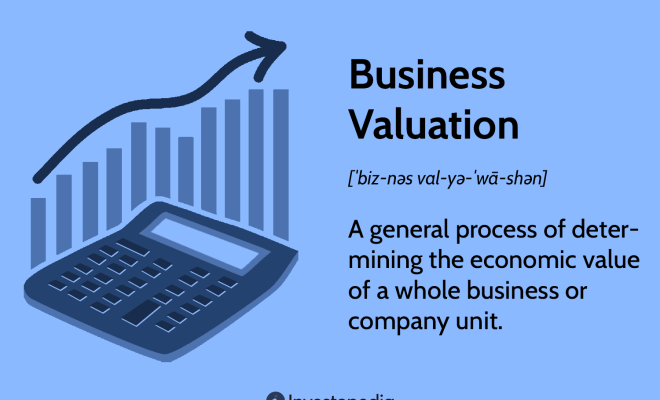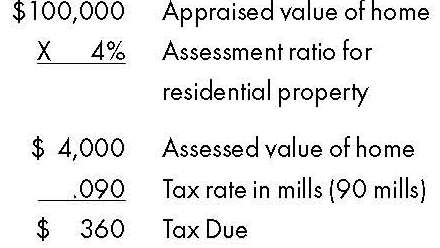How to calculate what a business is worth

Whether you’re considering selling your business, seeking investors, or just curious about its value, understanding how to determine your company’s worth is essential. Calculating the precise value of a business can be complicated, but it’s possible by understanding and implementing a few valuation methods. In this article, we’ll explore three common methods to help you calculate what your business is worth.
1. Asset-based Valuation
Asset-based valuation is perhaps the most straightforward method of determining a company’s value. It involves calculating the net value of the business’s assets and liabilities. To accurately calculate an asset-based valuation, follow these steps:
a) List all tangible and intangible assets – Tangible assets include cash, inventory, property, vehicles, machinery etc., while intangible assets encompass patents, copyrights, trademarks etc.
b) Assign a monetary value to all assets – Use purchase costs or fair market values for tangible assets and consider obtaining professional appraisals for intangible ones.
c) Summarize all liabilities – Include everything from outstanding debts to unfunded pension obligations.
d) Subtract total liabilities from total assets – The resulting number is your business’s net asset value.
2. Income-based Valuation
The income-based valuation method focuses on the potential earnings that the business generates. This approach is commonly used when examining businesses with strong financial performance or growth potential. The two main methods within income-based valuations are capitalization of earnings and discounted cash flow.
Capitalization of Earnings:
a) Calculate adjusted annual earnings: Start with net profit and adjust it for owners’ salaries and nonessential expenses.
b) Determine the capitalization rate: This rate varies depending on industry and risk level. Consult industry data or seek guidance from professionals.
c) Divide adjusted annual earnings by capitalization rate – The result reflects your business’s estimated worth.
Discounted Cash Flow:
a) Estimate future cash flows: Based on projections, predict how much cash the business will generate in the next few years.
b) Determine a discount rate: This rate reflects both time value of money and the inherent risk associated with future cash flows.
c) Discount future cash flows: Using the discount rate, calculate the present value of each year’s cash flows.
d) Sum up the present value amounts – The sum reflects your business’s estimated worth.
3. Market-based Valuation
Market-based valuation compares your business to others in your industry or region. By measuring attributes like sales revenue, net income, and valuation multiples (such as earnings before interest, taxes, depreciation, and amortization ratios), you can establish a benchmark for your company’s value.
a) Research comparable businesses – Look for similar businesses that have been sold or publicly traded.
b) Identify relevant valuation multiples – Common examples include price-to-sales and price-to-earnings ratios.
c) Apply multiples to your business’s financial metrics – By using these ratios, you can estimate a market-based value for your company.
In conclusion, calculating what a business is worth can be challenging, but employing multiple valuation methods provides you with a clearer understanding of your company’s true value. Proper evaluation not only helps when selling or seeking investors, but it also assists in making informed decisions about growth and value enhancement strategies.






